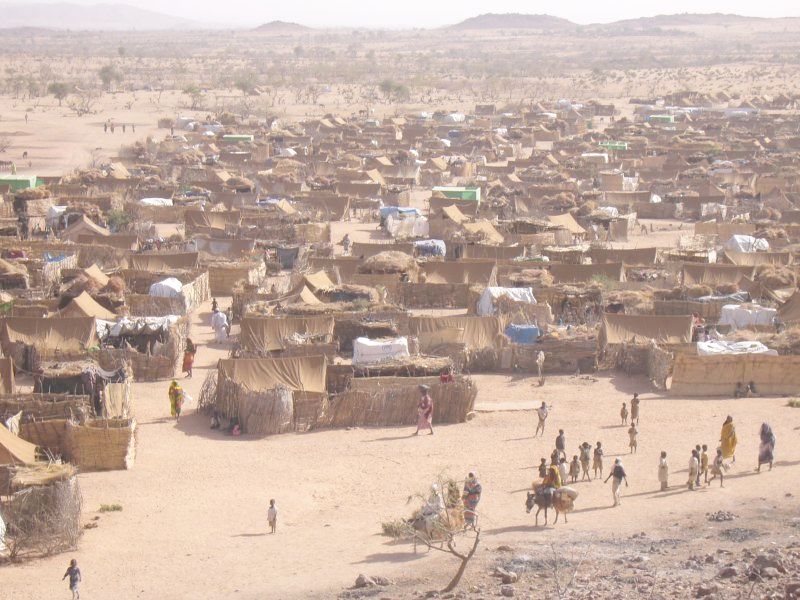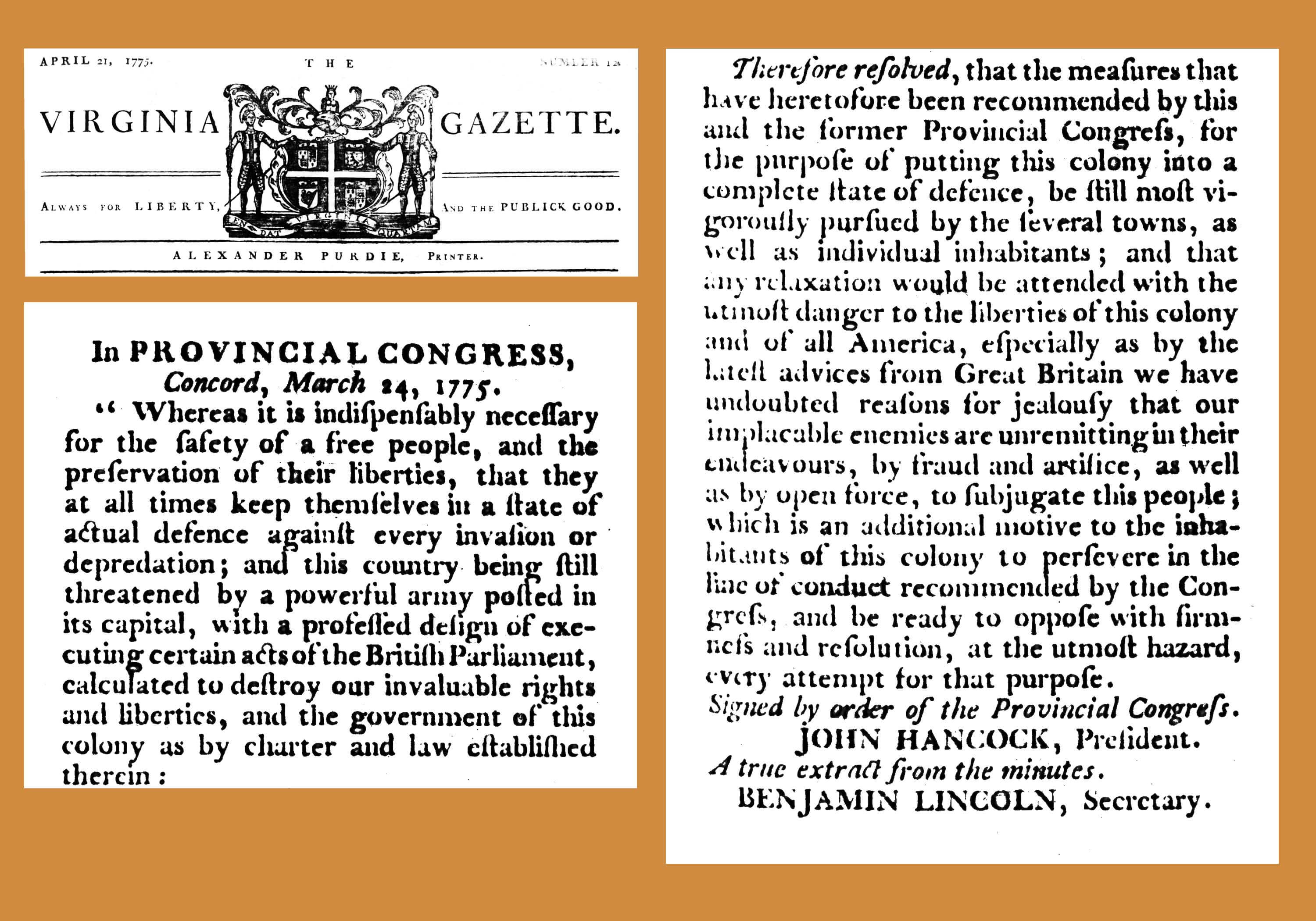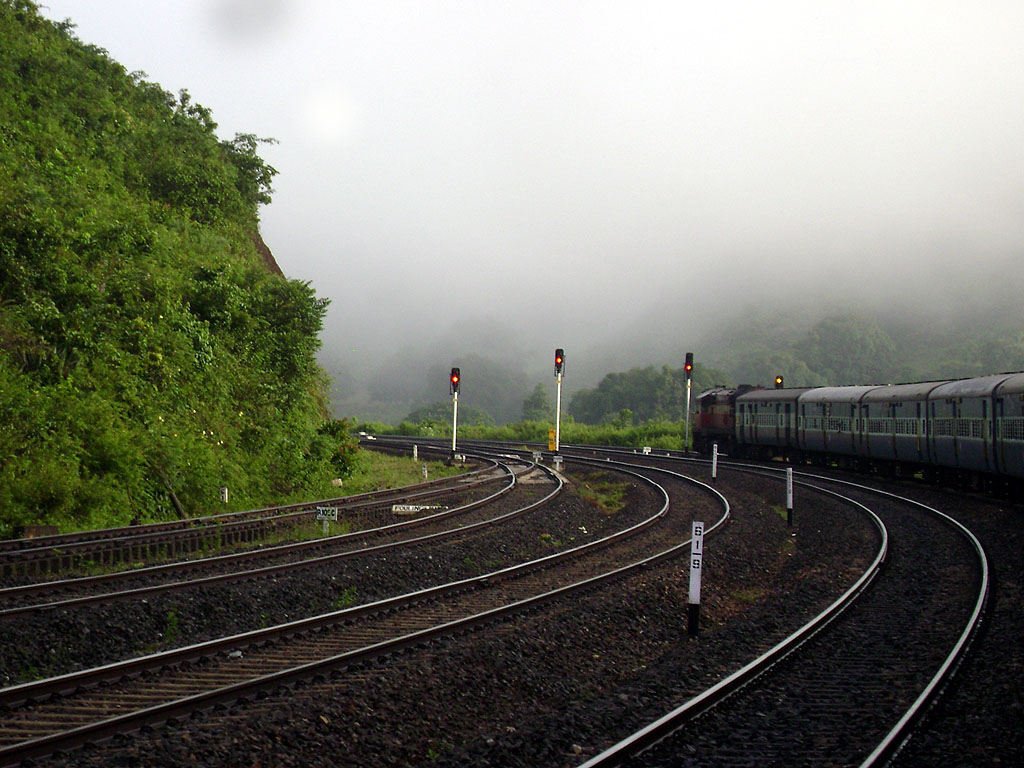|
Dandakaranya Development Authority
The Dandakaranya Project, or the DNK Project, was the form of action the Indian government designed in September 1958 for the settlement of displaced persons from Bangladesh (former East Pakistan) and for integrated development of the area with particular regard to the promotion of the interests of the local tribal population. The particular focus was on Bengali refugees from East Pakistan moving to lands and resources in Odisha and Chhattisgarh. To implement this project, the Government of India established the Dandakaranya Development Authority. Background When India achieved liberation from British occupation in 1947, two sections of the Indian subcontinent were "combined" into Pakistan, a country founded on the so-called " Two Nation Theory". The Hindu people residing on the land of East Pakistan (East Bengal now Bangladesh) that was divided into Pakistan moved to India as refugees in three phases. In the first phase people were settled in the state of West Bengal and then i ... [...More Info...] [...Related Items...] OR: [Wikipedia] [Google] [Baidu] |
India
India, officially the Republic of India, is a country in South Asia. It is the List of countries and dependencies by area, seventh-largest country by area; the List of countries by population (United Nations), most populous country since 2023; and, since its independence in 1947, the world's most populous democracy. Bounded by the Indian Ocean on the south, the Arabian Sea on the southwest, and the Bay of Bengal on the southeast, it shares land borders with Pakistan to the west; China, Nepal, and Bhutan to the north; and Bangladesh and Myanmar to the east. In the Indian Ocean, India is near Sri Lanka and the Maldives; its Andaman and Nicobar Islands share a maritime border with Thailand, Myanmar, and Indonesia. Modern humans arrived on the Indian subcontinent from Africa no later than 55,000 years ago., "Y-Chromosome and Mt-DNA data support the colonization of South Asia by modern humans originating in Africa. ... Coalescence dates for most non-European populations averag ... [...More Info...] [...Related Items...] OR: [Wikipedia] [Google] [Baidu] |
Refugees
A refugee, according to the United Nations High Commissioner for Refugees (UNHCR), is a person "forced to flee their own country and seek safety in another country. They are unable to return to their own country because of feared persecution as a result of who they are, what they believe in or say, or because of armed conflict, violence or serious public disorder." Such a person may be called an asylum seeker until granted refugee status by a contracting state or by the UNHCR if they formally make a claim for asylum. Internally Displaced People (IDPs) are often called refugees, but they are distinguished from refugees because they have not crossed an international border, although their reasons for leaving their home may be the same as those of refugees. Etymology and usage In English, the term ''refugee'' derives from the root word ''refuge'', from Old French ''refuge'', meaning "hiding place". It refers to "shelter or protection from danger or distress", from Latin ''fu ... [...More Info...] [...Related Items...] OR: [Wikipedia] [Google] [Baidu] |
Kherkatta Dam
Kherkatta Dam is a medium irrigation project built across the Kotri River, about northwest of Kapsi in the Kanker district of Chhattisgarh, India. It is the largest dam of the district and gets its name from the neighbouring village of Kherkatta. The lake that the dam forms behind it is officially known as the Paralkot Reservoir, which extends in a northwest direction and partially into the Mohla-Manpur-Ambagarh Chowki district. The distance of the dam is approximately from Pakhanjur, from Manpur and from Kanker. The construction of the dam began in 1966 and was completed in 1981 by the Dandakaranya Development Authority, over a period of 15 years. The total cost of construction was estimated at . It was handed over to the state government in the year 1986 and placed under the Kapsi Water Resource Subdivision for its upkeep and maintenance. Construction details The length of the dam is , the height above the lowest foundation is and the highest flood level is . Spread o ... [...More Info...] [...Related Items...] OR: [Wikipedia] [Google] [Baidu] |
Education
Education is the transmission of knowledge and skills and the development of character traits. Formal education occurs within a structured institutional framework, such as public schools, following a curriculum. Non-formal education also follows a structured approach but occurs outside the formal schooling system, while informal education involves unstructured learning through daily experiences. Formal and non-formal education are categorized into levels, including early childhood education, primary education, secondary education, and tertiary education. Other classifications focus on teaching methods, such as teacher-centered and student-centered education, and on subjects, such as science education, language education, and physical education. Additionally, the term "education" can denote the mental states and qualities of educated individuals and the academic field studying educational phenomena. The precise definition of education is disputed, and there are ... [...More Info...] [...Related Items...] OR: [Wikipedia] [Google] [Baidu] |
Transport
Transport (in British English) or transportation (in American English) is the intentional Motion, movement of humans, animals, and cargo, goods from one location to another. Mode of transport, Modes of transport include aviation, air, land transport, land (rail transport, rail and road transport, road), ship transport, water, cable transport, cable, pipeline transport, pipelines, and space transport, space. The field can be divided into infrastructure, vehicles, and operations. Transport enables human trade, which is essential for the development of civilizations. Transport infrastructure consists of both fixed installations, including roads, railways, airway (aviation), airways, waterways, canals, and pipeline transport, pipelines, and terminals such as airports, train station, railway stations, bus stations, warehouses, trucking terminals, refueling depots (including fuel docks and fuel stations), and seaports. Terminals may be used both for the interchange of passengers and ... [...More Info...] [...Related Items...] OR: [Wikipedia] [Google] [Baidu] |
Construction
Construction are processes involved in delivering buildings, infrastructure, industrial facilities, and associated activities through to the end of their life. It typically starts with planning, financing, and design that continues until the asset is built and ready for use. Construction also covers repairs and maintenance work, any works to expand, extend and improve the asset, and its eventual demolition, dismantling or wikt:decommission, decommissioning. The construction industry contributes significantly to many countries' gross domestic products (Gross domestic product, GDP). Global expenditure on construction activities was about $4 trillion in 2012. In 2022, expenditure on the construction industry exceeded $11 trillion a year, equivalent to about 13 percent of global Gross domestic product, GDP. This spending was forecasted to rise to around $14.8 trillion in 2030. The construction industry promotes economic development and brings many non-monetary benefits to many cou ... [...More Info...] [...Related Items...] OR: [Wikipedia] [Google] [Baidu] |
Animal Husbandry
Animal husbandry is the branch of agriculture concerned with animals that are raised for meat, animal fiber, fibre, milk, or other products. It includes day-to-day care, management, production, nutrition, selective breeding, and the raising of livestock. Husbandry has a long history, starting with the Neolithic Revolution when animals were first Domestication, domesticated, from around 13,000 BC onwards, predating farming of the History of agriculture, first crops. During the period of ancient societies like ancient Egypt, cattle, sheep, goats, and pigs were being raised on farms. Major changes took place in the Columbian exchange, when Old World livestock were brought to the New World, and then in the British Agricultural Revolution of the 18th century, when livestock breeds like the English Longhorn, Dishley Longhorn cattle and Lincoln (sheep), Lincoln Longwool sheep were rapidly improved by agriculturalists, such as Robert Bakewell (agriculturalist), Robert Bakewell, to yi ... [...More Info...] [...Related Items...] OR: [Wikipedia] [Google] [Baidu] |
Agriculture
Agriculture encompasses crop and livestock production, aquaculture, and forestry for food and non-food products. Agriculture was a key factor in the rise of sedentary human civilization, whereby farming of domesticated species created food surpluses that enabled people to live in the cities. While humans started gathering grains at least 105,000 years ago, nascent farmers only began planting them around 11,500 years ago. Sheep, goats, pigs, and cattle were domesticated around 10,000 years ago. Plants were independently cultivated in at least 11 regions of the world. In the 20th century, industrial agriculture based on large-scale monocultures came to dominate agricultural output. , small farms produce about one-third of the world's food, but large farms are prevalent. The largest 1% of farms in the world are greater than and operate more than 70% of the world's farmland. Nearly 40% of agricultural land is found on farms larger than . However, five of every six farm ... [...More Info...] [...Related Items...] OR: [Wikipedia] [Google] [Baidu] |
Resolution (law)
In law, a resolution is a motion, often in writing, which has been adopted by a deliberative body (such as a corporations' board and or the house of a legislature). An alternate term for a resolution is a ''resolve''. In corporations In corporations, a written resolution is especially useful in the case of the board of directors of a corporation, which usually needs to give its consent to real estate purchases or sales by the corporation. Such a resolution, when certified by the corporation's secretary, gives assurance to the other side of the transaction that the sale was properly authorized. Other examples include resolutions approving the opening of bank accounts or authorizing the issuance of shares in the corporation. Legislative bodies In many legislative bodies, the term resolution is the way a motion which has been approved is called. In the United States, resolution means a proposal made in writing, while motion means a proposal made verbally. Houses of a legisl ... [...More Info...] [...Related Items...] OR: [Wikipedia] [Google] [Baidu] |
Dandakaranya Development Authority
The Dandakaranya Project, or the DNK Project, was the form of action the Indian government designed in September 1958 for the settlement of displaced persons from Bangladesh (former East Pakistan) and for integrated development of the area with particular regard to the promotion of the interests of the local tribal population. The particular focus was on Bengali refugees from East Pakistan moving to lands and resources in Odisha and Chhattisgarh. To implement this project, the Government of India established the Dandakaranya Development Authority. Background When India achieved liberation from British occupation in 1947, two sections of the Indian subcontinent were "combined" into Pakistan, a country founded on the so-called " Two Nation Theory". The Hindu people residing on the land of East Pakistan (East Bengal now Bangladesh) that was divided into Pakistan moved to India as refugees in three phases. In the first phase people were settled in the state of West Bengal and then i ... [...More Info...] [...Related Items...] OR: [Wikipedia] [Google] [Baidu] |
Koraput
Koraput is a town and a Municipality in Koraput district in the Indian state of Odisha. Koraput town is the district headquarter of Koraput district. History The district of Koraput derives its name from its headquarters in the present town of Koraput. In ancient times when the Nalas were ruling over this tract, Pushkari near modern Umarkot was the capital city. In the medieval period, Nandapur developed as a little kingdom under the Silavamsi kings that were later expanded by the Suryavanshi kings who arrived in the region in the 13th century from Kashmir. Later, Maharajah Veer Vikram Dev shifted his capital to Jeypore and about the middle of the 17th century, this town prospered under the British Administration. Koraput was chosen by the British in 1870 for better health prospects. The origin of the name Koraput is obscure. There are several theories, none of which are convincing. According to Mr R.C.S.Bell the name of the town is ‘Kora-Putti’ or "the hamlet of the nu ... [...More Info...] [...Related Items...] OR: [Wikipedia] [Google] [Baidu] |





